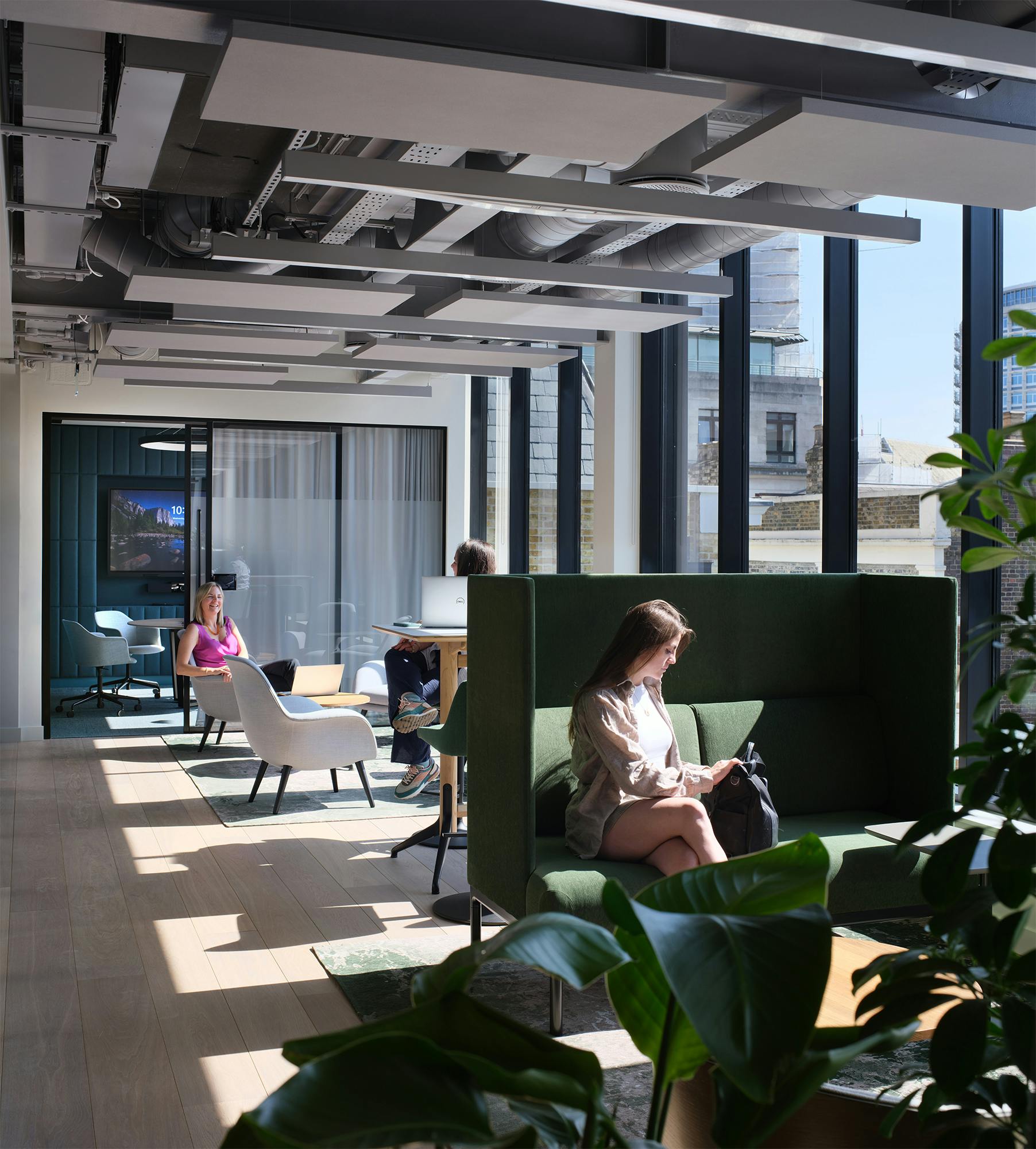

Date: October 24
Author: Jon Eaglesham
Jon Eaglesham, Managing Director at Barr Gazetas, reflects on Grainhouse, a sustainable retrofit project in Covent Garden, blending heritage with modern efficiency.
Retrofit is often perceived as complex and costly compared to new build, however, it offers a sustainable alternative, revitalising spaces and connecting communities with their heritage. Our project in Covent Garden, Grainhouse for client Hines, demonstrates that collaborating with skilled professionals can simplify these challenges to deliver exceptional outcomes.
Covent Garden is significant to British architectural history and was at the centre of a critical battle against the post-war planning doctrine of ‘comprehensive redevelopment’ in the late 20th Century. For decades, plans existed to demolish much of the area in favour of post-war redevelopment. A long and drawn-out resistance effort was led by residents and established local businesses, bolstered by significant national support. The proposals for demolition were eventually abandoned and, as a result, many historic, architecturally significant buildings still exist today. The Grainhouse project has reimagined five such buildings. Dating back to 1861, they housed a variety of businesses over the years, including a seed merchant, brass and iron founders, and a non-conformist chapel.
As an exemplar of large and complex refurbishment, Grainhouse now serves as the UK and European headquarters for global real estate investor Hines, with offices spanning three upper floors and occupiers Penhaligon, Puig and Go City on floors 1 and 2. Ground and basement levels have been transformed into retail and restaurant units, including Caravan, enhancing the vibrancy of the area.
Our approach focused on retaining the existing facades and structures, as well as combining and extending individual buildings, resolving level differences with a central atrium, and using a new steel frame and lightweight concrete slabs. This preserved the charm of the original buildings while delivering highly efficient and modern workspaces. The project's foremost sustainable measure was retaining the original fabric and structure, resulting in a 61% reduction in carbon emissions compared to a new build.
Health and wellbeing were key drivers in the design. The project minimises operational energy and carbon use, achieving BREEAM Excellent and WELL Platinum certification. Extensive greenery and biophilic elements are integrated throughout the scheme, and accessible workspaces and communal areas feature adjustable worktops to support an inclusive work environment.
Grainhouse’s success as a retrofit project lies in the project team's depth and breadth of experience. We focused on early enabling works, thorough site investigations, and collaborative working with contractors and specialists to address unforeseen challenges proactively. In the client’s own words, this has resulted in “a workspace that employees are proud of, and that’s a better place to work than home”, a notable achievement given the on-going fight to keep workers coming to the office rather than working from home.
Historic buildings are fundamental to the spirit and cultural history of a city. They are tangible links to the past, serving as repositories of cultural heritage and collective memory. While today’s focus on low embodied carbon drives campaigns like RetroFirst, we must not forget the earlier victories that fought against large-scale demolition for the sake of urban design, heritage, and human-scale development.
As the industry pushes to become more sustainable, projects like Grainhouse exemplify the benefits of refurbishment over demolition. Hopefully the government will also step up and incentivise these efforts, formally recognising the environmental and cultural benefits of retention and refurbishment of existing structures.
https://nla.london/news/retrofit-reads-grainhouse



Please rotate your device